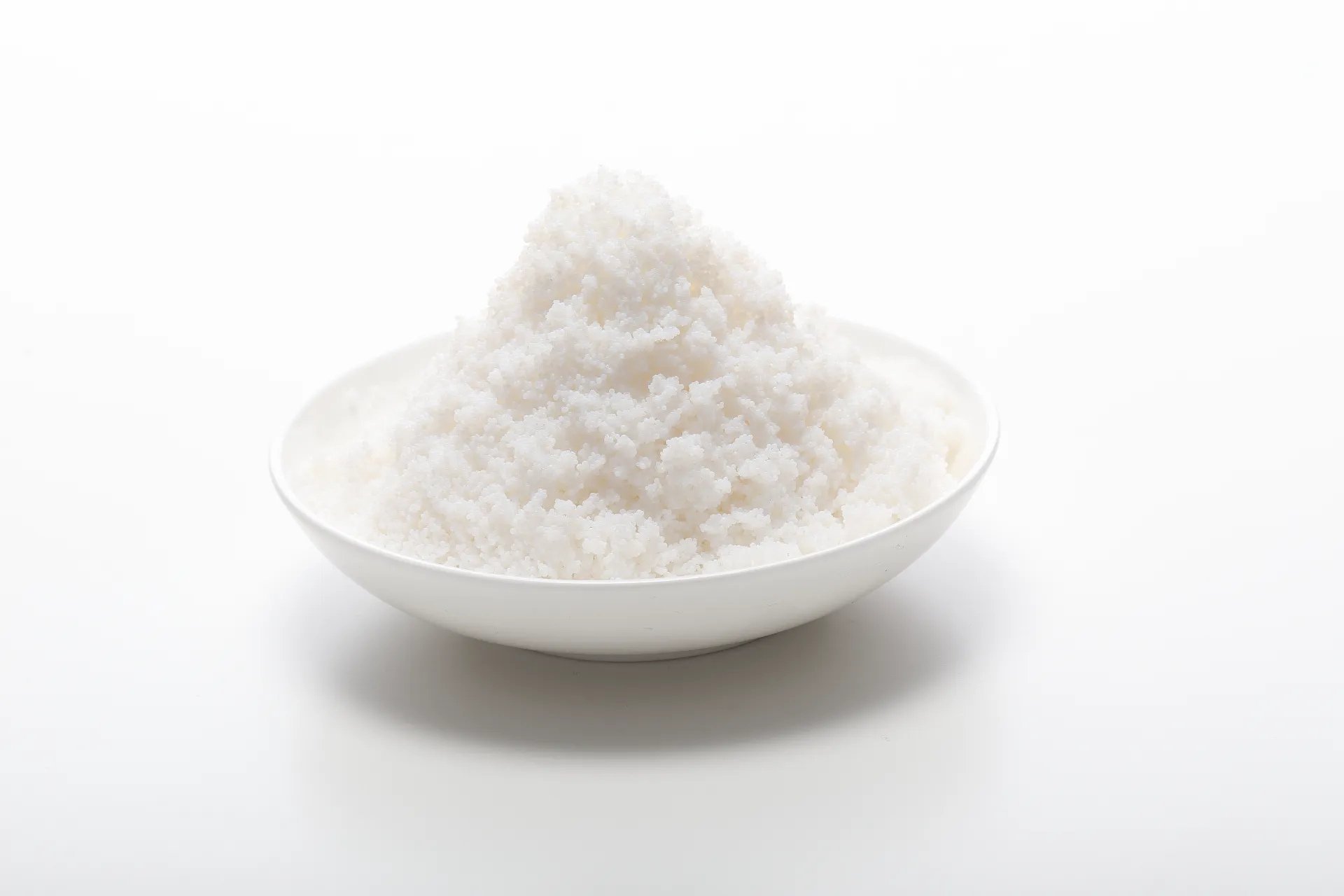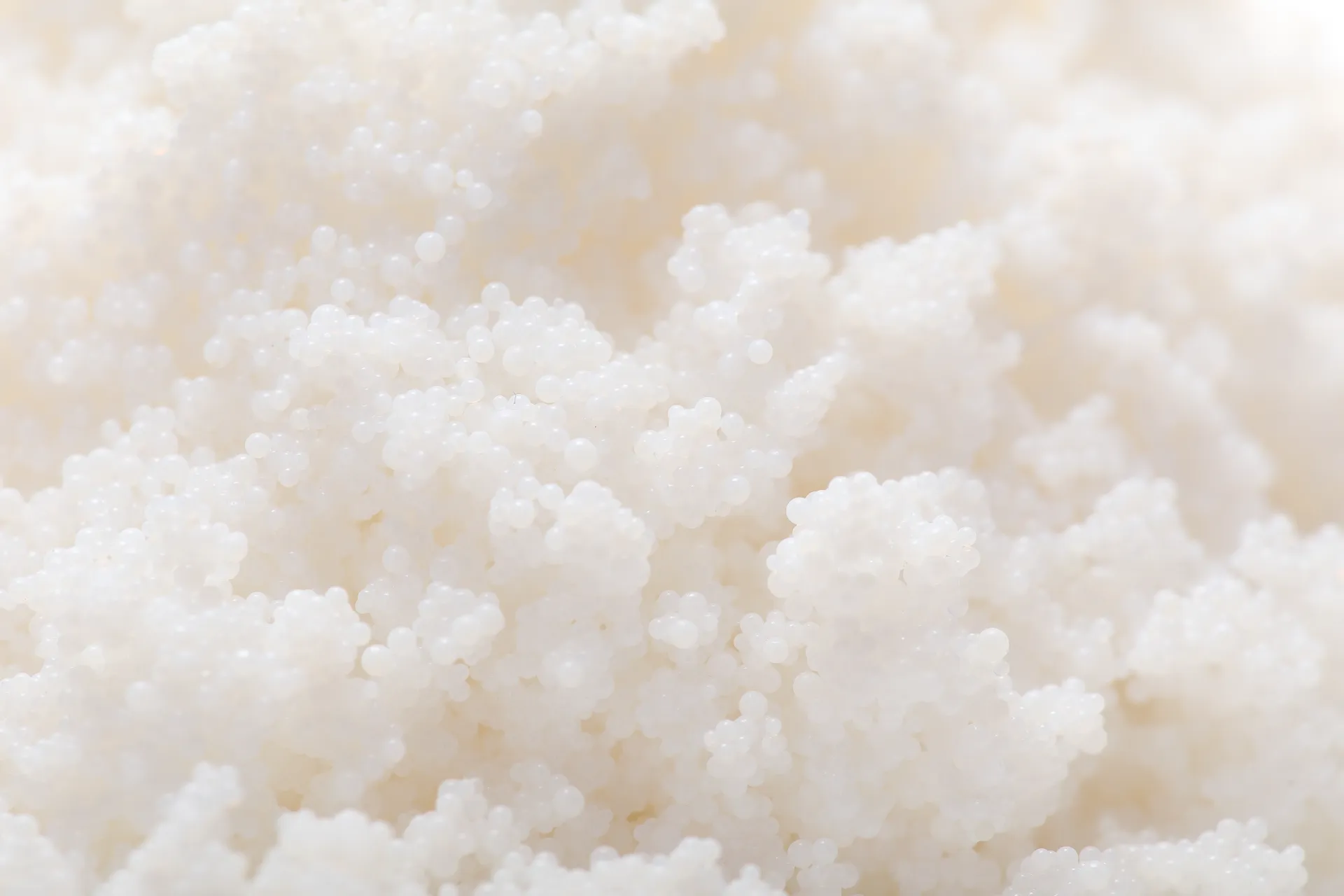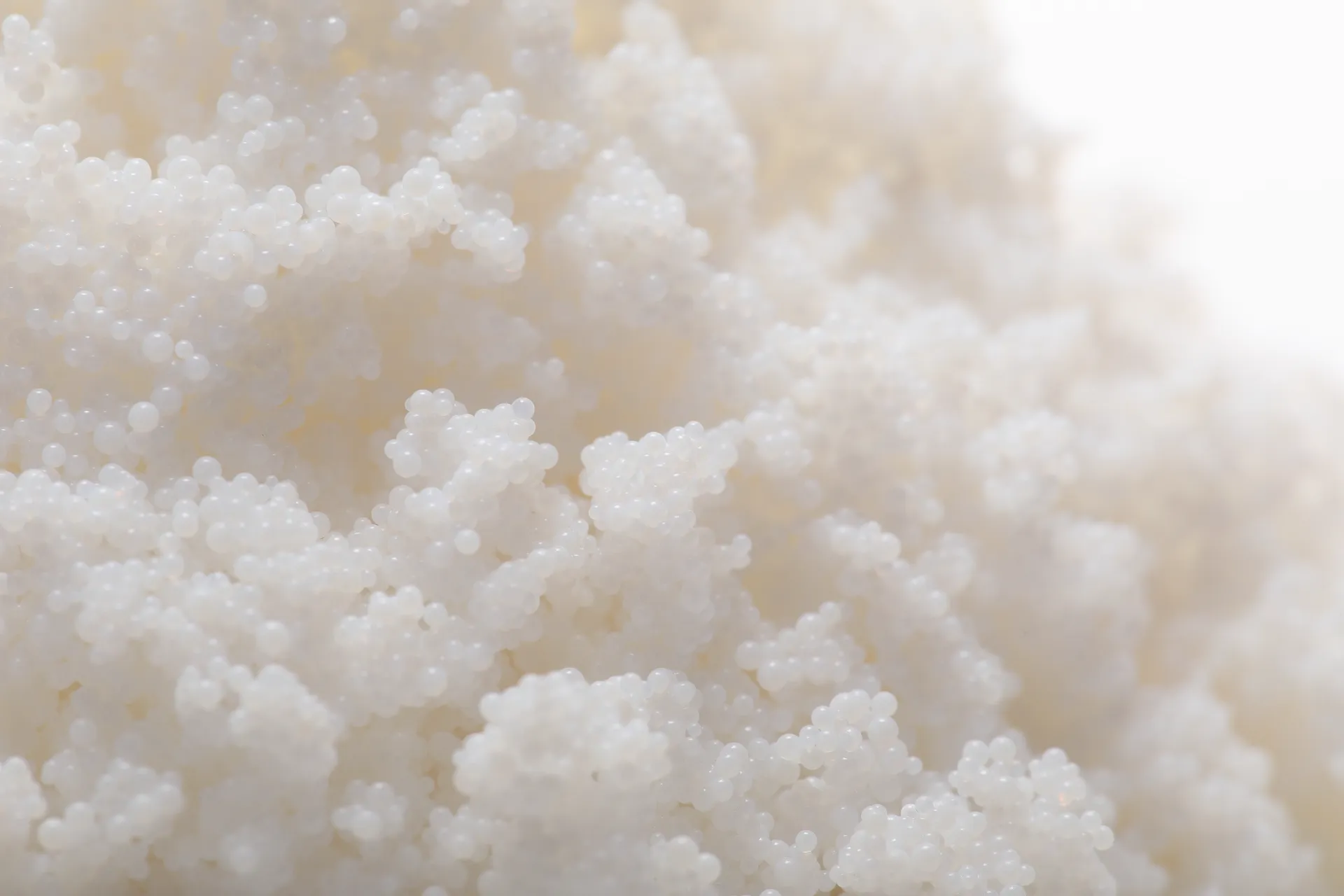Understanding Advanced Adsorption Technologies in Water Purification
In the realm of industrial and municipal water treatment, the efficacy of contaminant removal is paramount. Central to many advanced purification processes is the judicious selection and application of specialized resins. Among these, water purification resin stands as a critical component, offering unparalleled capabilities for the removal of organic pollutants, heavy metals, and other undesirable substances. This comprehensive guide delves into the intricate world of adsorption resins, focusing on their manufacturing, technical specifications, diverse applications, and inherent advantages for B2B stakeholders.
Specifically, we will explore the nuances of macroporous adsorption resins, such as the high-performance AD-101 model, which epitomizes cutting-edge technology in this sector. These resins are engineered to provide robust, long-lasting solutions for complex water quality challenges across a myriad of industries.
The Manufacturing Process of Advanced Water Purification Resin
The production of high-performance water purification resin is a sophisticated chemical engineering endeavor, demanding precision at every stage to ensure optimal adsorptive capacity and longevity. The process for macroporous adsorption resins, like the AD-101, typically involves several key phases:
- Monomer Preparation & Polymerization: The foundational step involves preparing monomers, primarily styrene and divinylbenzene (DVB), which serve as the building blocks for the resin matrix. These monomers, along with a porogen (a solvent that creates pores), are subjected to suspension polymerization. This process, carried out in an aqueous medium with initiators and stabilizers, forms discrete, spherical polymer beads. The DVB content dictates the degree of cross-linking, influencing the resin’s mechanical strength and chemical stability.
- Pore Structure Creation (Macroporous Design): Unlike gel-type resins, macroporous resins achieve their expansive internal surface area through the strategic use of a porogen during polymerization. As the polymer network forms, the porogen phase separates, leaving behind a network of interconnected pores and channels. Controlling the type and amount of porogen, along with the reaction conditions, precisely dictates the average pore size and total pore volume – critical parameters for adsorption performance.
- Functionalization (If Applicable) & Activation: While many macroporous adsorption resins, like the nonionic AD-101, operate primarily through physical adsorption mechanisms and may not require specific functional group grafting, this stage would involve chemical modification for ion-exchange or chelating resins. For AD-101, activation typically involves thorough washing to remove unreacted monomers, residual porogens, and other impurities, followed by drying. This prepares the resin’s surface for optimal interaction with target contaminants.
- Washing, Sieving, and Quality Control: The raw resin beads undergo extensive washing to achieve high purity, followed by precise sieving to obtain a uniform particle size distribution. This consistency is vital for maintaining optimal flow characteristics and preventing excessive pressure drop in treatment systems. Rigorous quality control testing, adhering to standards like ISO 9001 and often internal benchmarks, is conducted at each stage. This includes assessments of particle size, density, pore characteristics, mechanical strength, and adsorptive capacity.
- Packaging: Once validated, the resins are carefully packaged, often in moisture-resistant container111s, to preserve their integrity and performance until deployment.
This meticulous manufacturing process ensures that the resultant resins offer superior attributes such as long service life (typically 3-5 years or more depending on application), high mechanical stability, and excellent resistance to fouling and chemical degradation. Target industries benefiting from such advanced resins include petrochemical, metallurgy, pharmaceuticals, food & beverage, and municipal water supply & drainage, where advantages like energy saving through reduced regeneration frequency and superior corrosion resistance contribute significantly to operational efficiency.

Figure 1: Illustration of Macroporous Resin Structure designed for effective adsorption.
Technical Specifications: Macroporous Adsorption Resin AD-101
The performance of any water purification resin hinges on its inherent physical and chemical properties. The Macroporous Adsorption Resin AD-101, a nonionic polymer based on styrene-DVB, is specifically engineered for robust adsorption applications. Its design prioritizes a high surface area and controlled pore structure, making it exceptionally effective for removing organic matter from aqueous and non-aqueous solutions.
Key Specifications of AD-101:
| Parameter | Specification for AD-101 |
|---|---|
| Appearance | White/Off-white spherical particles |
| Matrix Structure | Styrene-DVB Copolymer |
| Type | Macroporous Adsorption Resin |
| Functional Group | Nonionic |
| Ionic Form | Nonionic |
| pH Range | 0-14 |
| Max. Operating Temperature | 150°C (302°F) |
| Reversible Swelling (Na+ → H+) | ≤1.0% |
| Density (g/ml) | 0.95-1.05 |
| Total Pore Volume (ml/g) | 0.7-0.9 |
| Surface Area (m²/g) | ≥500 |
| Average Pore Size (nm) | 20-25 |
| Particle Size Range (mm) | 0.3-1.2 |
| Uniformity Coefficient | ≤1.6 |
The high surface area and controlled average pore size of AD-101 are critical for its effectiveness in adsorbing a wide range of organic compounds, from humic acids to synthetic dyes and pharmaceuticals. Its nonionic nature ensures stability across the full pH range and minimizes interference from ionic species, making it highly versatile.
Industry Trends & The Evolving Role of Adsorption Resins
The landscape of water treatment is continuously evolving, driven by stricter environmental regulations, increasing industrial demands, and the emergence of new contaminants of concern. These trends significantly influence the development and application of water purification resin technologies. Key trends include:
- Removal of Emerging Contaminants (ECs): There is a growing focus on ECs such as pharmaceuticals, personal care products (PPCPs), endocrine-disrupting chemicals (EDCs), and microplastics. Adsorption resins, particularly macroporous variants, are proving highly effective in capturing these trace pollutants, offering a robust alternative to conventional methods.
- Enhanced Selectivity and Regenerability: Advancements are aimed at developing resins with higher selectivity for specific target compounds, reducing competitive adsorption and improving treatment efficiency. Furthermore, resins with improved regenerability – allowing for more cycles and lower chemical consumption – are highly sought after to reduce operational costs and environmental footprint.
- Sustainable and Green Technologies: The industry is moving towards more eco-friendly resin formulations and regeneration processes that minimize waste generation and energy consumption. This includes resins made from sustainable precursors and those that facilitate solvent-free regeneration.
- Integration with Hybrid Systems: Adsorption resins are increasingly integrated into multi-barrier treatment systems, complementing membrane filtration, biological treatment, and advanced oxidation processes. This synergistic approach maximizes contaminant removal and addresses complex water matrices.
The demand for robust and adaptable adsorption resin solutions is projected to grow substantially. Market analyses indicate a Compound Annual Growth Rate (CAGR) of over 6% for the global ion exchange and adsorption resin market, highlighting the continuous innovation and critical role these materials play in meeting global water quality challenges.
Key Technical Advantages of Macroporous Adsorption Resins
Macroporous adsorption resins, exemplified by AD-101, offer distinct technical advantages over other conventional adsorbents and resin types, making them ideal for demanding industrial applications.
- Superior Adsorptive Capacity: The highly developed internal pore structure, with a surface area exceeding 500 m²/g for AD-101, provides an expansive site for the physical adsorption of organic molecules, leading to higher loading capacities and extended service cycles.
- Excellent Mechanical and Chemical Stability: The robust styrene-DVB matrix ensures exceptional resistance to osmotic shock, mechanical attrition, and chemical degradation across a wide pH range (0-14) and high temperatures (up to 150°C). This translates to a longer service life and reduced replacement costs.
- Effective Regeneration: Macroporous resins are typically easier to regenerate compared to gel-type resins due to their larger pore sizes, which facilitate the diffusion of desorbing agents. This results in more efficient and less frequent regeneration, saving on chemicals and operational downtime.
- Resistance to Fouling: The macroporous structure is less prone to fouling by colloidal particles and high molecular weight organics, which can block the pores of gel-type resins. This maintains consistent performance over time.
- Versatility: These resins can be effectively utilized for the removal of a broad spectrum of organic compounds, including colors, odors, phenols, humic acids, and various industrial pollutants, from both aqueous and non-aqueous streams.

Figure 2: Industrial application of adsorption resins in a water treatment facility.
Application Scenarios for Water Purification Resins
The robust performance and versatility of macroporous adsorption resin make it indispensable across various industrial applications.
- Pharmaceutical & Biotechnology: Crucial for decolorization, purification of antibiotics, alkaloids, and other active pharmaceutical ingredients (APIs). They are also used for removing residual organic solvents and catalysts from product streams, ensuring product purity to FDA standards.
- Food & Beverage Industry: Used for decolorizing sugar solutions, fruit juices, and vegetable oils, as well as for removing undesirable odors and flavors, improving product quality and shelf life.
- Petrochemical & Chemical Processing: Essential for removing organic impurities from process streams, wastewater treatment, and solvent recovery, enhancing product yield and reducing environmental discharge. For instance, in phenol removal from industrial effluents.
- Wastewater Treatment: Effectively treats industrial wastewater containing dyes, phenols, surfactants, and other refractory organic pollutants that are difficult to remove by conventional biological methods.
- Groundwater Remediation: Used to extract volatile organic compounds (VOCs), per- and polyfluoroalkyl substances (PFAS), and other persistent organic pollutants from contaminated groundwater.
- Hydrometallurgy: Applied for the recovery of valuable metals from leach solutions and refining processes, often selective for specific metal complexes.
Vendor Comparison and Customized Solutions
When selecting a supplier for adsorption resin, B2B decision-makers evaluate not only product specifications but also vendor reliability, customization capabilities, and after-sales support.
Key Differentiators in Vendor Selection:
| Feature/Criteria | Liji Resin (e.g., AD-101) | Generic Competitor |
|---|---|---|
| Product Quality & Consistency | High purity, precise pore structure, ISO 9001 certified manufacturing. | Variable quality, potentially less consistent batch-to-batch. |
| Technical Support & Expertise | Dedicated technical team, application engineers, pilot testing support. | Basic support, limited in-depth application knowledge. |
| Customization Options | Tailored pore size, surface chemistry, particle distribution for specific applications. | Standard off-the-shelf products, minimal customization. |
| Certifications & Compliance | Adherence to international standards (e.g., ISO), potential food-grade or pharmaceutical compliance. | May lack comprehensive certifications, limited compliance data. |
| Longevity & Performance Guarantees | Proven track record, clear service life expectations, performance warranties. | Shorter implied service life, limited performance assurances. |
Customized Solutions:
Recognizing that “one size fits all” rarely applies in complex industrial water treatment, leading manufacturers offer bespoke resin solutions. This involves a collaborative process to:
- Analyze Feedwater Characteristics: Detailed analysis of the specific contaminants, concentrations, pH, temperature, and other relevant parameters of the client’s water stream.
- Design Resin Morphology: Tailoring the pore size distribution, surface area, and chemical functionality of the resin to selectively target the contaminants of interest.
- Optimize Process Parameters: Recommending optimal flow rates, bed depths, regeneration protocols, and system configurations for maximum efficiency and cost-effectiveness.
- Pilot Testing and Validation: Conducting small-scale pilot tests to validate the proposed solution’s performance under real-world conditions before full-scale implementation.

Figure 3: Quality control testing of resin beads for precise specifications.
Application Case Studies & Customer Experience
Real-world applications underscore the effectiveness and reliability of advanced adsorption resin technology.
Case Study 1: Phenol Removal in Petrochemical Wastewater
A major petrochemical plant faced challenges in meeting stringent discharge limits for phenol in its wastewater. Traditional biological treatment struggled with fluctuating phenol concentrations and occasional shock loads. Implementation of a macroporous adsorption resin system (utilizing a resin similar to AD-101) as a tertiary treatment step resulted in a consistent 98% reduction in phenol concentration, bringing effluent quality well within regulatory compliance. The resin demonstrated high adsorption capacity and was successfully regenerated using a simple caustic wash, ensuring economic viability and continuous operation. Customer feedback highlighted the system’s robustness and reduced operational complexity compared to previous methods.
Case Study 2: Decolorization of Pharmaceutical Intermediates
A pharmaceutical manufacturer required the removal of undesirable color bodies from a critical intermediate product to meet strict purity specifications. Activated carbon was proving insufficient and generated significant solid waste. A specialized nonionic macroporous adsorption resin was deployed, achieving greater than 95% decolorization efficiency. The resin offered superior selectivity, minimizing loss of the active ingredient, and its regenerability extended its service life, contributing to significant cost savings in comparison to single-use adsorbents.
Ensuring Trust & Reliability: Standards in Practice
For B2B partners, confidence in a supplier’s product and service is built on proven expertise, experience, authoritativeness, and trustworthiness.
Certifications & Compliance:
Our manufacturing facilities and processes adhere strictly to international quality management systems, including ISO 9001:2015. Products are consistently tested against industry standards to ensure compliance with performance metrics and safety regulations. Specific resins are available with additional certifications suitable for food contact (e.g., FDA compliance) or pharmaceutical applications, meeting the rigorous demands of these sectors.
Quality Assurance & Testing:
Each batch of macroporous adsorption resin undergoes comprehensive quality assurance testing. This includes particle size analysis, density measurements, total pore volume and surface area determination (e.g., via BET method), and dynamic adsorption capacity tests relevant to specific applications. Our in-house laboratories are equipped with advanced analytical instrumentation to ensure every product meets or exceeds published specifications.
Warranty & After-Sales Support:
We stand behind the quality of our products with a comprehensive warranty against manufacturing defects and for specified performance parameters under normal operating conditions. Our dedicated after-sales support team provides technical assistance, troubleshooting, and optimization services to ensure long-term operational success. This includes guidance on initial resin loading, startup, regeneration protocols, and problem-solving throughout the resin’s service life.
Lead Time & Fulfillment:
Standard products typically have a lead time of 2-4 weeks, depending on order volume and current inventory. For customized solutions, lead times are determined after initial project scope definition and may range from 6-12 weeks for development, pilot testing, and production. We maintain robust supply chain logistics to ensure timely and reliable delivery globally, minimizing disruption to our clients’ operations.
Frequently Asked Questions (FAQ)
Q1: What is the primary difference between macroporous and gel-type resins?
A1: Macroporous resins possess a rigid, permanent pore structure with pore sizes significantly larger than those of gel-type resins. This provides a greater internal surface area for adsorption and superior resistance to osmotic shock and organic fouling. Gel-type resins have a dense, non-porous structure that relies on swelling to create temporary adsorption sites, making them less robust for certain applications, especially those involving large organic molecules or high osmotic stress.
Q2: How is an adsorption resin regenerated?
A2: Regeneration methods vary depending on the specific resin and adsorbed contaminant. Common methods include washing with an appropriate solvent (e.g., methanol, ethanol, acetone) to desorb organics, hot water or steam for thermal desorption, or dilute acid/caustic solutions for certain types of contaminants. The goal is to release the adsorbed substances, restoring the resin’s adsorptive capacity.
Q3: What is the typical service life of a water purification resin like AD-101?
A3: The service life of an adsorption resin is highly dependent on the specific application, feedwater quality, operating conditions, and regeneration frequency/efficiency. However, high-quality macroporous resins such as AD-101 are designed for durability and can typically operate effectively for 3 to 5 years, and in some well-maintained systems, even longer. Proper pre-treatment and regeneration protocols are crucial for maximizing resin longevity.
Q4: Can these resins remove heavy metals?
A4: While nonionic adsorption resins like AD-101 are primarily designed for organic adsorption, certain modified macroporous resins with specific functional groups (e.g., chelating resins) are highly effective at selectively binding heavy metal ions. For general heavy metal removal, specialized ion-exchange resins or chelating resins would typically be recommended, often used in conjunction with adsorption resins for comprehensive treatment.
Conclusion
The deployment of advanced water purification resin technologies represents a critical strategy for industries facing complex water treatment challenges. Macroporous adsorption resins, with their engineered pore structures and robust chemical stability, offer superior performance for the removal of diverse organic contaminants, contributing significantly to environmental compliance, product quality, and operational efficiency. As regulatory standards tighten and the complexity of water matrices increases, the demand for specialized, high-performance adsorption solutions will only continue to grow. Partnering with a knowledgeable and reputable supplier ensures access to not only cutting-edge products like Macroporous Adsorption Resin AD-101 but also the essential technical support and customization capabilities needed for sustainable and effective water management.
Authoritative References:
- Crittenden, J. C., et al. “Water Treatment Principles and Design.” John Wiley & Sons, Inc., 2012.
- Saito, Y. “Adsorption Engineering.” Elsevier, 2013.
- International Organization for Standardization. ISO 9001:2015 Quality management systems – Requirements.
- Food and Drug Administration (FDA) regulations pertinent to resin applications in food and pharmaceutical industries.
- Helfferich, F. “Ion Exchange.” Dover Publications, 1995.
Hebei Lijiang Biotechnology Co., Ltd, is a new material manufacturer specializing in the production of high-performance special ion exchange resins.mixed bed resin suppliers It is a modern high-tech enterprise that integrates the research and development,production, sales, and service of resin materials and resin terminal products.ion exchange resin The company is committed to producing high-quality industrial grade, food grade,pharmaceutical grade, and nuclear grade resins.cation exchange resin It has passed ISO9001 management certification,SGS certification, and WQA international certification from the American Water Quality Association, and has obtained a national food hygiene license. Food grade resin products comply with FDA standards in the United States.super blog